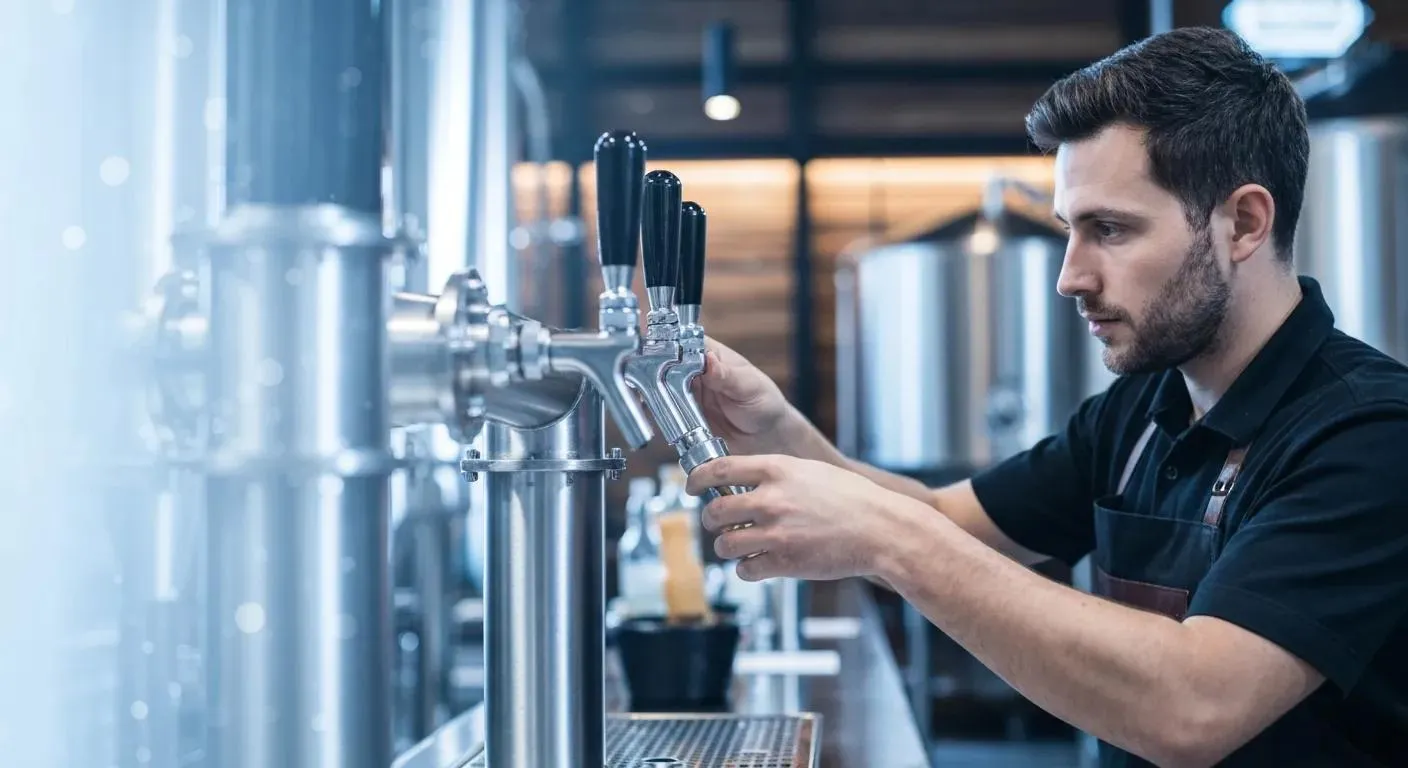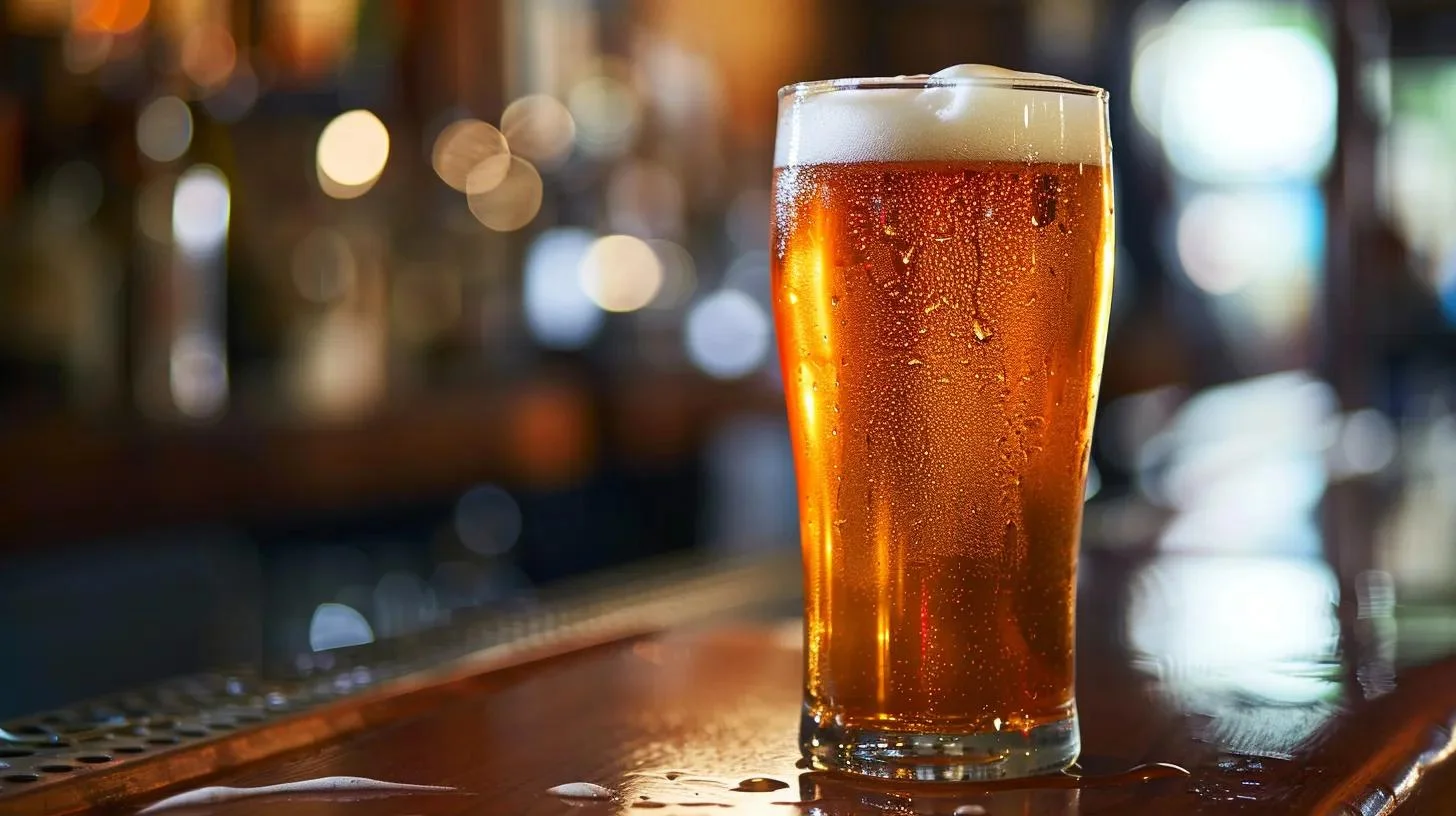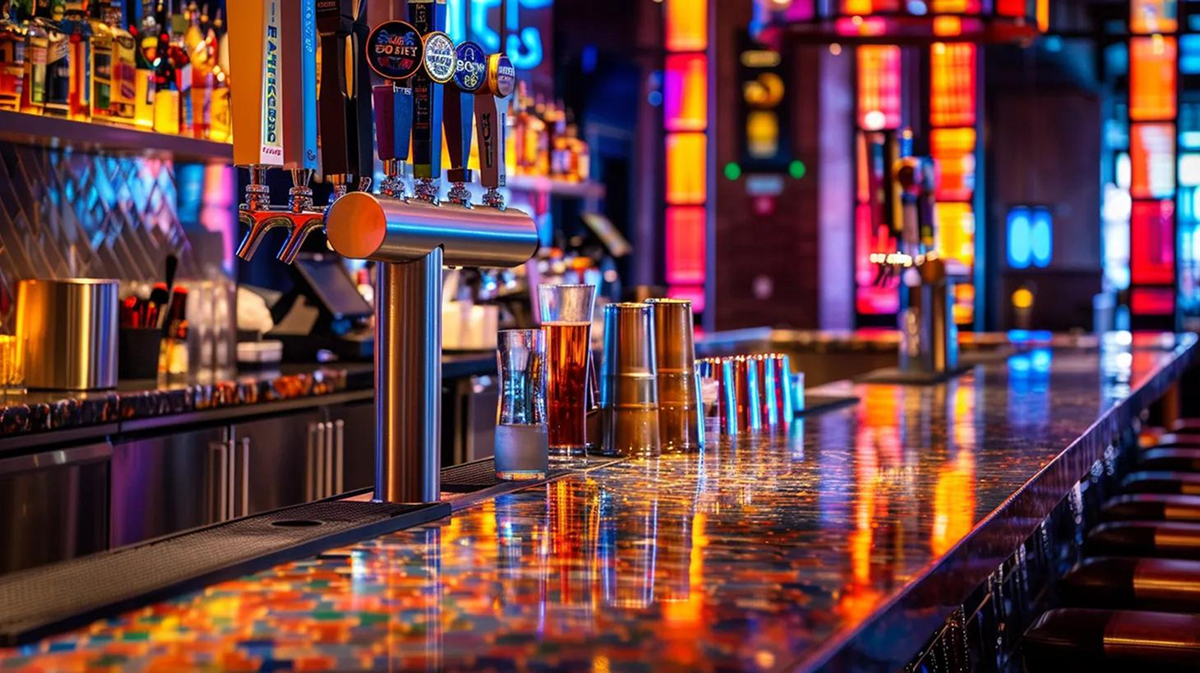Draft Beer Installer: Essential Tips for Choosing the Right System

Draft beer systems are a staple in many bars, restaurants, and venues where the allure of fresh, on-tap beer contributes significantly to customer satisfaction and business success. The installation of these systems presents a complex challenge, one that requires a skilled draft beer installer. These professionals are instrumental in ensuring that the system operates effectively, delivering quality draught beer with the taste and temperature that brewers intended. Their work encompasses selecting the right equipment, designing the system to fit the unique needs of the establishment, and executing meticulous installation to create an efficient, easy-to-maintain setup that minimizes waste and maximizes enjoyment.
An effective draft beer installation not only provides an immediate improvement to beverage service but also contributes to long-term operational efficiency. Skilled installers bring a deep understanding of the critical balance between temperature, pressure, and line cleanliness that goes into a well-functioning tap system. This knowledge, coupled with their ability to provide ongoing maintenance and support, can significantly influence the success of an establishment's draft beer offerings. Whether it's for a small local pub, a large sports stadium, or even a home bar set-up, the installer's expertise is key in tailoring the system to fit both the physical space and the expected volume of service, while also ensuring that it's equipped with quality components to maintain its performance over time.

Key Takeaways
- Proper installation of draft beer systems enhances customer satisfaction and business operation efficiency.
- Draft beer installers must balance equipment design, temperature, and pressure to ensure quality beer delivery.
- Ongoing maintenance and support from installers are critical for the longevity and success of draft beer systems.
Understanding Draft Beer Systems
When discussing draft beer systems, it's essential to understand the components that enable the smooth dispensing of beer, the different types of systems available, and the scientific principles that ensure the quality and consistency of beer being served.

Components of a Draft Beer System
Draft beer systems consist of various pieces of equipment that work together to serve beer from a keg to a faucet in an efficient and controlled manner. Key components include:
- Kegs: The container that holds the beer.
- Keg Coupler: A device that attaches to the keg and allows beer to flow from it.
- CO2/N2 Tanks: Carbon dioxide and sometimes nitrogen is used to pressurize the keg and push beer through the system.
- Beer Line: The tubes that beer travels through from the keg to the tap.
- Draft Towers: The part on top of the bar where beer is dispensed.
- Faucet: The valve where beer is served to the customer.
- Regulators: Equipment used to regulate the right applied pressure on the kegs.
Types of Draft Beer Systems
Draft beer systems can be categorized by their setup and the method they use to cool beer:
- Direct Draw Systems: Found in kegerators, these are suitable for short distances between the keg and faucet, often using the same fridge that stores the kegs.
- Glycol Systems: Used in long-draw installations where beer needs to be transported over longer distances. These use a glycol chiller to maintain an optimal beer temperature.

The Science of Draft Beer
The science behind draft beer involves maintaining the beer temperature of 38 degrees, regulating the pressure with CO2 (or a CO2/N2 blend for certain beer styles), and ensuring proper sanitation to avoid the buildup of bacteria and off-flavors. Glycol chillers are used in more complex setups like long draw systems use a propylene glycol mix cooled by a power pack to reduce the temperature of beer trunk lines, keeping the beer at optimal temperature from keg to glass.
Designing a Draft Beer System
When designing a draft beer system, meticulous attention to detail is required to ensure both functional excellence and visual appeal. The design process involves creating a custom setup that meets specific dispensing requirements, maintains beer at the optimal temperature, and integrates seamlessly with the venue's aesthetics.
Crafting Custom Draft Beer Systems
Custom draft beer systems are tailored to the unique needs of a venue, taking into account factors like serving capacity and the variety of beers on tap. The Draft Beer System design must consider the distance from the keg to the faucet, as longer lines may necessitate a glycol system for consistent cooling. It's essential to balance complexity with reliability, aiming for a setup that delivers beer to the consumer in the best condition possible, avoiding unwanted foamy pours.

Temperature Regulation and Control
The heart of a draft beer system's ability to deliver a perfect pint lies in its temperature control. Beer temperature profoundly affects taste and texture, with a typical range of 38-42 degrees Fahrenheit being ideal for most beer types. An efficient glycol system uses a propylene glycol mixture to maintain a steady temperature throughout the lines, which is crucial for preventing foam and preserving the beer's quality from keg to glass.
Aesthetic Considerations in Design
While the mechanics of dispensing beer are critical, the visual aspects of a custom draft beer system contribute significantly to the customer experience. Installing a system that complements the venue's theme and ambiance enhances the overall appeal. From sleek, modern taps in a chic bar to rustic, antique handles in a traditional pub, the design should be both functional and visually inviting to patrons.
Installation and Setup
The installation and setup of a draft beer system is a meticulous process that requires both technical skill and adherence to safety standards. Professionals bring extensive experience to ensure the system operates efficiently and meets industry guidelines.
The Installation Process
Experienced technicians start the installation by assessing the venue's layout to determine the best configuration for the draft system. It involves positioning the kegs, running the beer lines, and placing the taps. Turnkey solutions are often sought after as they provide a comprehensive service, from initial design to final execution, ensuring a smooth and efficient installation.
- Key Steps:
- Layout evaluation
- Equipment Placement
- Line running
- Tap installation

Safety and Regulations
Safety during system installation is paramount. Installers abide by strict guidelines and regulations to safeguard against accidents and ensure the system complies with health and sanitation standards. Proper use of pumps and refrigeration units, along with secure line fittings, protects both installers and the end-users from potential hazards.
- Regulations:
- Sanitation standards
- Health codes
- Equipment safety
Equipment Calibration and Testing
Once installed, the system requires thorough calibration and testing. Professionals meticulously adjust pumps and calibrate temperatures to achieve optimal pour quality. Draft systems are methodically tested to detect any leaks or issues, guaranteeing that the equipment operates as intended and ready for use.
- Actions Taken:
- Temperature calibration
- Pressure checks
- Leak detection

Operation and Maintenance
Efficient operation and maintenance are crucial for sustaining a new draft beer system. The performance and longevity of the system depend on variables. This includes regular service to maintain optimal pressure, experience in troubleshooting common issues promptly, and exceptional customer service for technical support.
Maintaining Optimal Performance
Regular maintenance of a draft beer system is essential to ensure its optimal performance. Service should include:
- Regulators: Check that the pressure is consistent, as fluctuations can affect the beer's carbonation.
- Cleaning: Beer lines, taps, and keg connectors require routine cleaning to prevent buildup and maintain taste.

Maintenance schedules vary, but companies like Renny's Draft Solutions emphasize the importance of contacting experienced professionals for custom, turnkey solutions.
Troubleshooting Common Issues
When issues arise, prompt troubleshooting is key to avoid service interruptions. Common issues include:
- Foam Problems: If beer pours are mostly foam, it could indicate temperature issues or an imbalance in the CO2 pressure.
- Taste Alterations: Unusual tastes can result from contaminated lines or equipment, necessitating immediate cleaning.
Resources, such as a troubleshooting checklist, are available to assist with identifying and rectifying such issues.
Technical Support and Customer Service
Draft beer system installers often provide technical support and customer service to assist with any concerns. This includes:
- Phone Assistance: A direct line to trained customer service representatives can facilitate immediate help.
- On-Site Service: For complex issues, professional installers can provide on-site support.
The team at Renny's Draft Solutions exemplifies how experienced professionals can aid in maintaining seamless operation through dedicated installation and support services.
Planning Your Project
When undertaking the installation of a draft beer system, proper planning is essential. A well-thought-out plan not only ensures the functionality and efficiency of the system but also keeps costs in check. Careful consideration of your specific needs and consultation with experienced industry professionals can make a significant difference in the success of the project.
Assessing Your Needs
One must first identify the specific requirements of their establishment. This includes determining the variety of beer to offer and the expected volume of sales, which affects the number of taps and kegs needed. By deciding how many kegs one plans to keep on tap, one can understand the scale of the system required.
Cost Estimates and Budgeting
An accurate cost estimate is crucial for budgeting the project. Installation costs can vary dramatically, whether one opts for a direct draw or long draw system, with expenses ranging from $3,000 to $100,000+. Every project should balance the initial costs against ongoing expenses to ensure financial feasibility.
Working with Industry Professionals
Partnering with industry professionals is advisable for robust support and invaluable experience. These experts can offer tailored draft system design and guidance. Their reputation in the industry often speaks to their ability to plan and execute a project successfully, providing peace of mind that the system’s build and installation will meet the establishment's needs. Also, check for draft beer system installers' certifications. From companies like Perlick and Micromatic.
Case Studies and Success Stories
The discussion on case studies and success stories in the draft beer installation industry showcases the advancements and client experiences that highlight the proficiency and efficacy of modern systems.
Client Satisfaction and Feedback
The testament to an installer's expertise and experience in draft beer systems is reflected in client satisfaction and feedback. Commercial beer tap system installations that focus on functionality without compromising on aesthetics often receive accolades from users. It's also important to check on the installer's feedback from past jobs or clients they serve. One way to do this is to check testimonials from projects to see what customers are saying. Check the company's Google My Business Reviews or testimonials.

Summary
Draft beer installations are a specialized service that caters to the needs of retailers, bars, and restaurants looking to offer fresh beer on tap. The installation involves several critical components and steps to ensure the draft beer system functions optimally and maintains the quality of the beer served.
Key Components:
- Walk-in coolers
- Draft towers
- Drip trays
- Faucets
- Glycol chillers
- Beer trunk lines
- CO2/N2 regulators and mixing stations
- Couplers

These services are not just about assembling parts but also about designing a new draft beer system that fit the unique needs of each venue. Installation professionals bring together extensive knowledge from both the construction and draft beer industries, and their expertise is pivotal for a smooth setup.
Installation services include:
- System design tailored to client's specifications
- Installation by trained professionals
- Regular maintenance for optimal performance
Additionally, experts in the field, emphasize the importance of post-installation support and maintenance to ensure the longevity and efficiency of the draft beer systems.
The installation of a draft beer system is meticulous work that requires a dedicated team. Finding a reputable installer is crucial for those looking to add draft beer to their business, ensuring they get the right blend of experience, design consideration, and quality materials.



